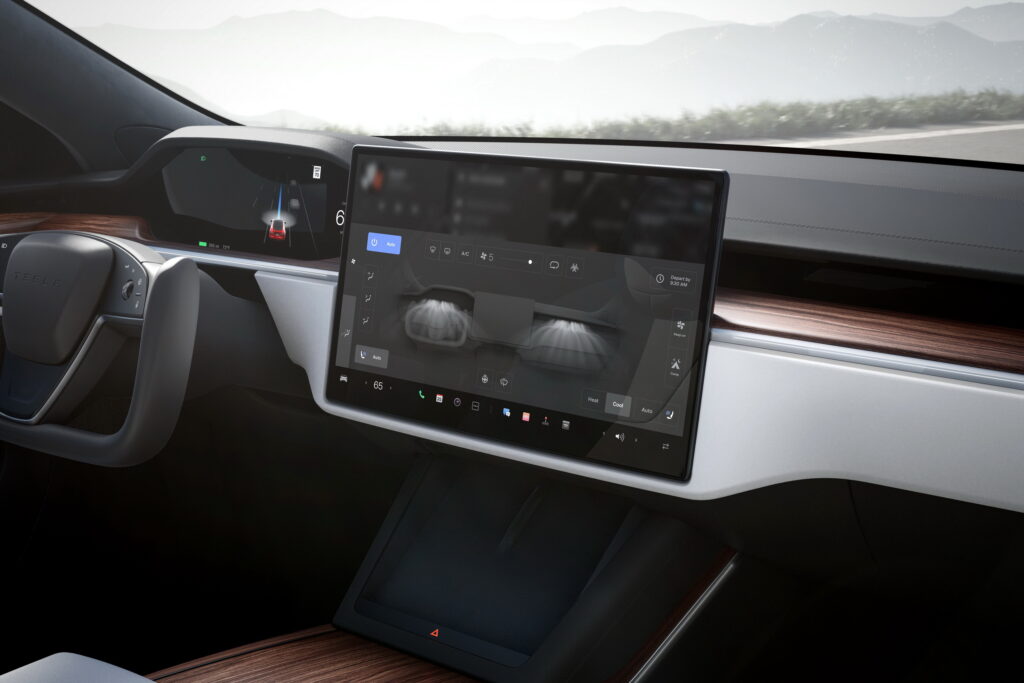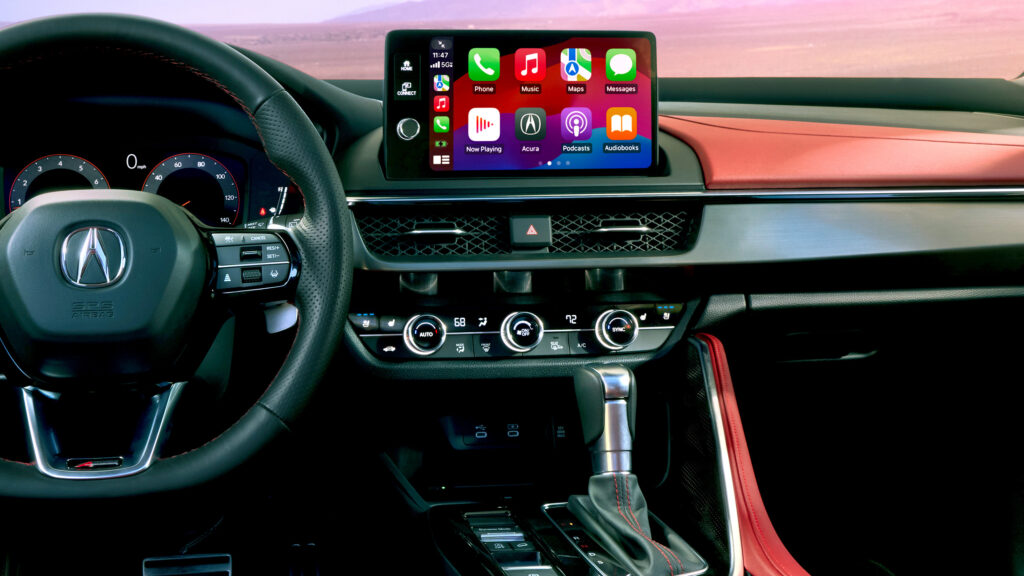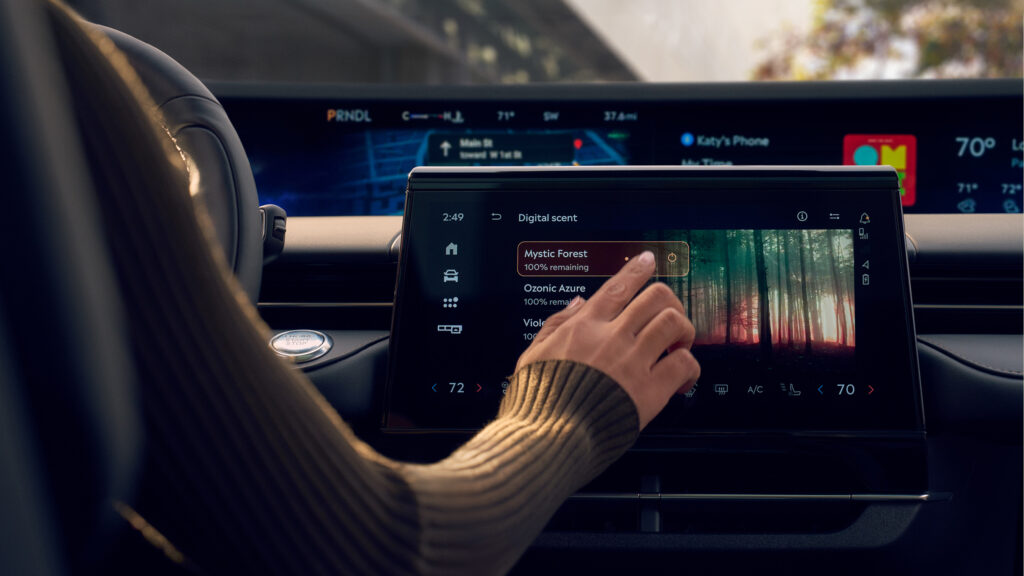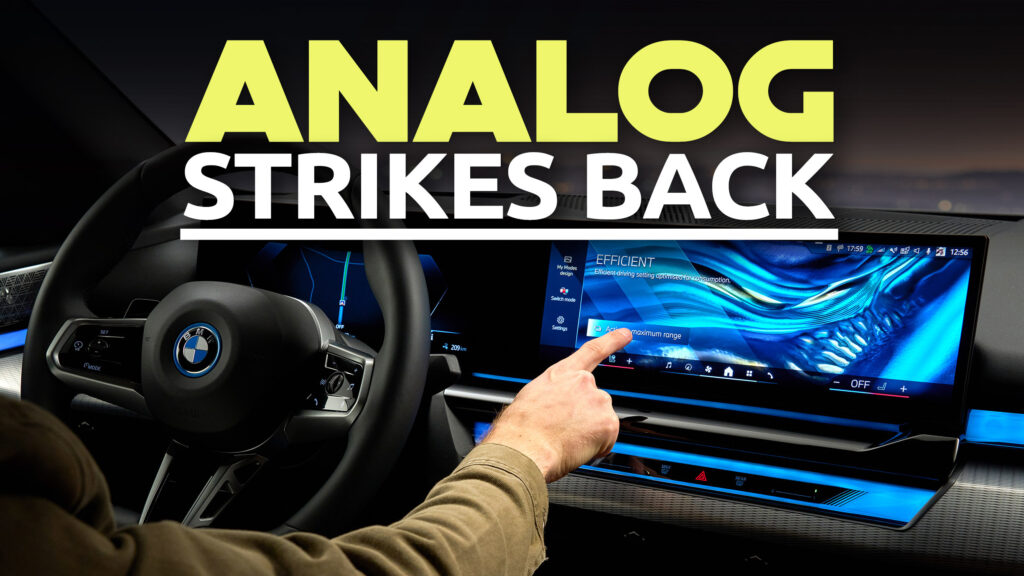- Rachel Plotnick helps companies improve their interfaces, after researching the history of buttons.
- She claims that people’s “hunger for physical buttons” is due to their “tactility and feedback”.
- The expert believes that touchscreens and buttons should be combined depending on the scenario.
It seems that the world of technology—including the automotive industry—is undergoing a “re-buttoning” phase. While touchscreens remain a dominant feature in vehicle interiors, automakers are revisiting the value of physical controls as drivers rediscover their importance. Driving, after all, is one area where practicality and safety demand simplicity. But what’s driving this shift in design philosophy?”
The Button Strikes Back
Rachel Plotnick, an Associate Professor at Indiana University Bloomington and something of a “button guru,” has been studying this tactile resurgence for years. As the author of Power Button: A History of Pleasure, Panic, and the Politics of Pushing (2018), Plotnick has explored the psychology and cultural history of buttons and their enduring role in technology. Today, she’s helping companies refine their interfaces, balancing the digital with the tactile.
In an interview with Spectrum, Plotnick was asked about the factors driving the “re-buttoning of consumer devices,” a trend that is becoming increasingly apparent in car interiors. The expert responded:
“Maybe screen fatigue. We spend all our days and nights on these devices, scrolling or constantly flipping through pages and videos, and there’s something tiring about that. The button may be a way to almost de-technologize our everyday existence, to a certain extent. That’s not to say buttons don’t work with screens very nicely – they’re often partners. But in a way, it’s taking away the priority of vision as a sense, and recognizing that a screen isn’t always the best way to interact with something.”

In cars, this critique has teeth. Plotnick highlights that touchscreens can be unsafe in certain contexts, as they demand visual attention to operate—something drivers simply can’t spare. Physical controls, by contrast, offer the “simplicity of limiting our field of choices” and allow for intuitive operation without diverting focus from the road.
(Some) Automakers Finally Get the Memo
To their credit, many automakers are beginning to recognize the limitations of touchscreens—or, lets be honest, the pitfalls of cost-cutting measures that eliminated physical controls in favor of screens—all thanks to growing consumer backlash. Physical buttons, switches and knobs for essential functions, like climate control and volume adjustment, are making a gradual comeback.
These controls are being rescued from labyrinthine infotainment menus and reinstated where they belong: on the center console. Similarly, the short-lived experiment with touch-sensitive “haptic” buttons ( see Volkswagen)—neither truly tactile nor user-friendly—is quietly being phased out in favor of more conventional alternatives.
More: Has Touchscreen Tech Gone Too Far? Euro NCAP Thinks So
Still, touchscreens aren’t going anywhere. Plotnick argues that physical buttons and touchscreens aren’t mutually exclusive but rather complementary: “People have a hunger for physical buttons, both because you don’t always have to look at them—you can feel your way around for them when you don’t want to directly pay attention to them—but also because they offer a greater range of tactility and feedback.” This tactile feedback is especially valuable in a driving environment, where instinctive interactions are safer and more efficient.
A Smarter Balance of Interfaces

The expert concludes that the optimal approach is to combine different types of interfaces based on their intended use and the specific demands of each scenario.
Rather than abandoning touchscreens entirely, the industry can and should embrace a hybrid approach by pairing physical controls with digital interfaces where appropriate. Essential functions, like adjusting the temperature or toggling headlights, are best managed with tactile buttons and dials. Meanwhile, less time-sensitive tasks, such as navigation and entertainment, can remain on the touchscreen, where they make the most sense.
However, not all automakers are heading in this direction. Tesla, a pioneer in stripping physical controls from its interiors, continues to double down on its touchscreen-centric approach. In fact, recent updates have gone even further, removing the gearshift stalk entirely.
With any luck, this more thoughtful approach to automotive interior design will take hold as society moves beyond the “touchscreen mania” of recent years, favoring usability and safety over fleeting trends.





